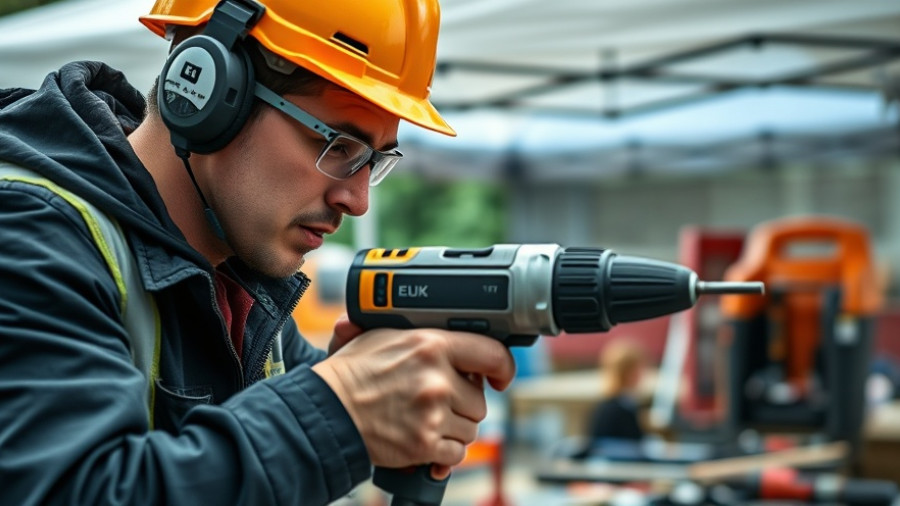
The Emergence of AI in Construction
The construction industry, like many others, is undergoing a profound transformation due to the advent of Artificial Intelligence (AI). Understanding this technology is no longer optional but crucial for business owners, property developers, and facility managers striving for competitiveness in an increasingly technology-driven marketplace. AI not only enhances productivity but also helps in making data-driven decisions that ultimately optimize project outcomes.
Unlocking Potential: AI's Applications in Construction
AI’s potential can be witnessed across various domains in the construction sector. For instance, project management can be streamlined using AI tools that predict project risks and manage schedules more effectively. Advanced machine learning algorithms analyze historical data to help forecast project costs and timelines accurately, offering insights that can enhance profitability. Moreover, AI-powered drones and robotics are being adopted to automate routine tasks, leading to increased efficiency and safety on job sites.
Cost-Effective Solutions for Sustainability
In an era where sustainability is paramount, AI presents cost-effective solutions to achieve eco-friendly building practices. For instance, AI can optimize energy consumption by analyzing usage patterns and recommending adjustments in real-time. With AI-generated analytics, businesses can make informed decisions regarding the integration of sustainable materials and practices, thus reducing their carbon footprint. Additionally, AI can facilitate better waste management processes, minimizing excess builders’ debris.
Challenges and Counterarguments
Despite its numerous advantages, the implementation of AI is not without challenges. Many business owners remain skeptical about the costs associated with integrating AI technologies into their operations. Concerns about the potential loss of jobs due to automation also linger, often overshadowed by the benefits that AI can offer in augmenting human labor rather than replacing it. It’s essential for stakeholders to engage in conversations about these concerns while recognizing that AI can lead to job creation in new fields such as data analytics and AI maintenance.
Taking Action: Steps to Integrate AI
For those ready to make the leap into the world of AI, beginning the integration process can be daunting yet rewarding. Start by identifying specific tasks or projects where AI could enhance performance. From there, collaborate with technology vendors who specialize in construction AI solutions to create custom strategies that align with your business goals. Training staff on AI tools will also be crucial for successful implementation, ensuring that the transition is smooth and productive.
An Invitation to Innovate
As the construction landscape continues to evolve, the pivotal role of AI becomes clearer. Embracing innovation not only enhances operational efficiency but also aligns with the broader goals of sustainability and social responsibility. For business leaders in construction, now is the time to explore the benefits of AI, taking proactive steps toward a tech-forward future. Consider how these insights can serve your business objectives, and join in this conversation that can shape the future of our industry.
 Add Row
Add Row  Add
Add 




Write A Comment